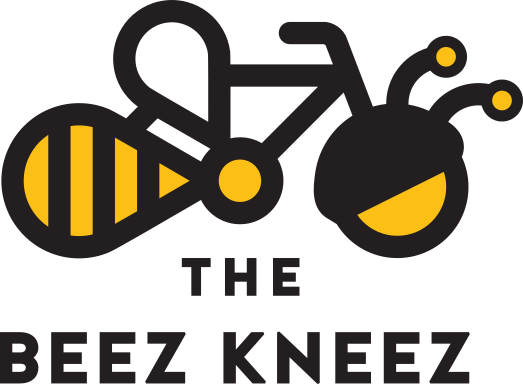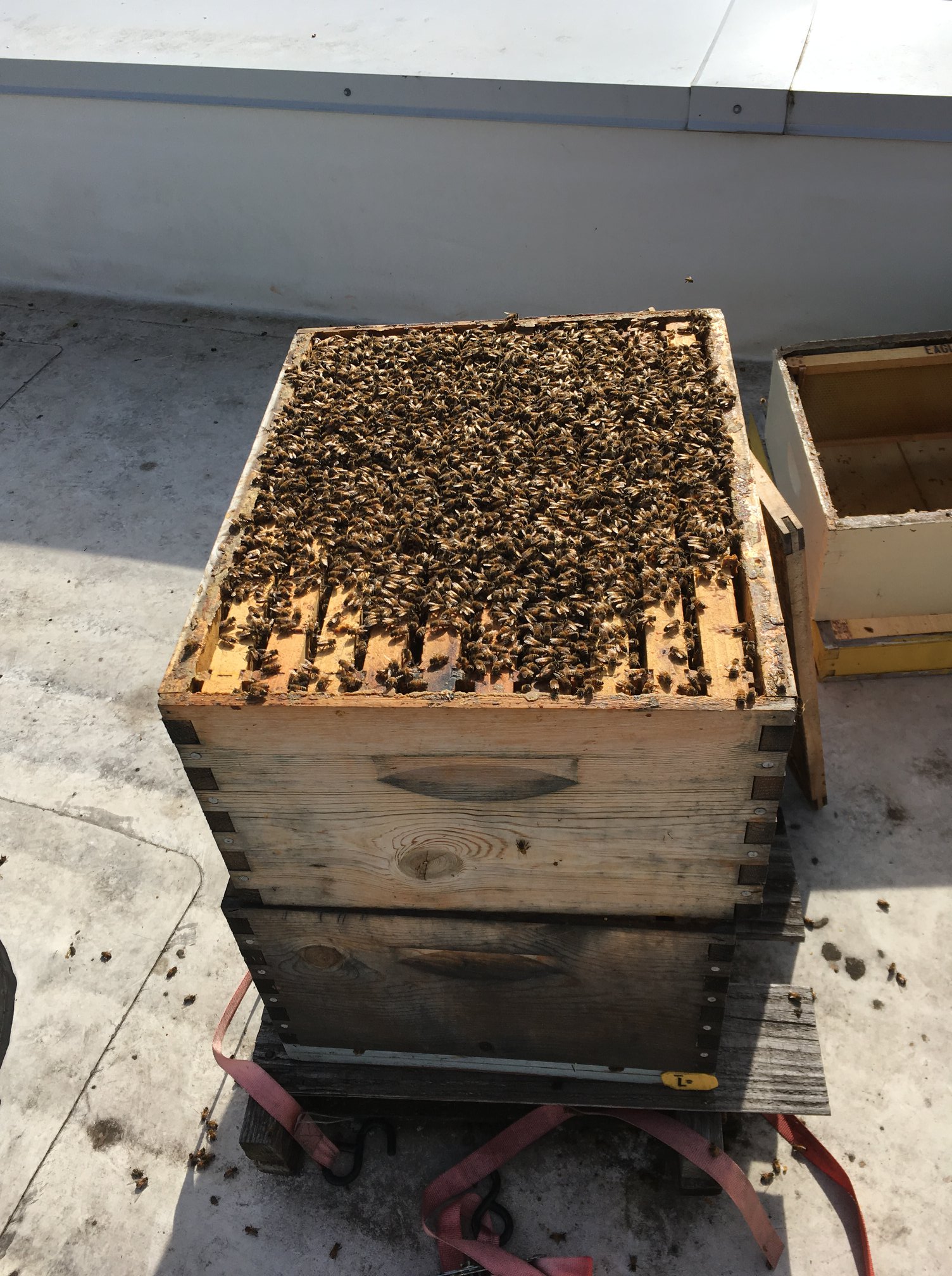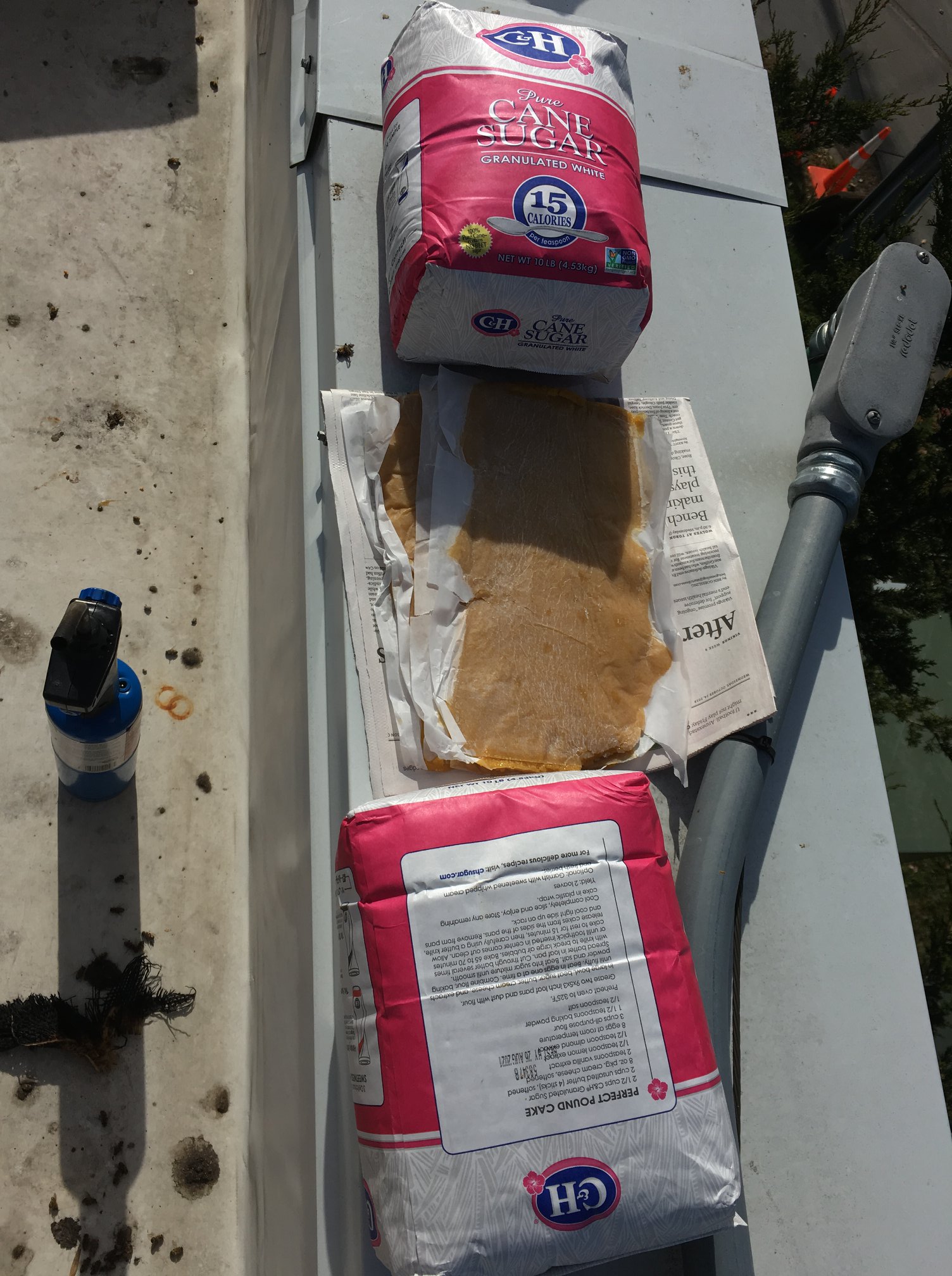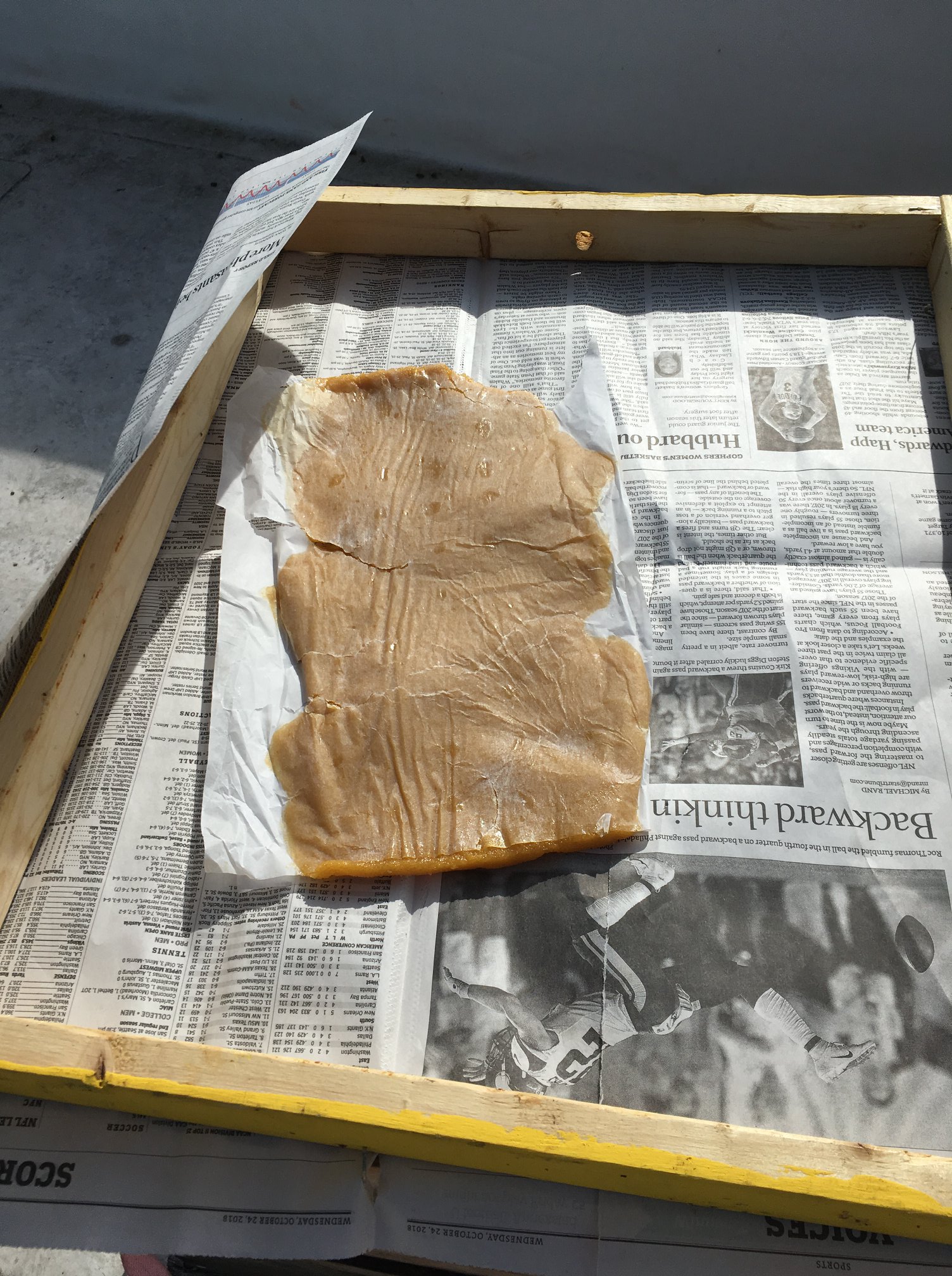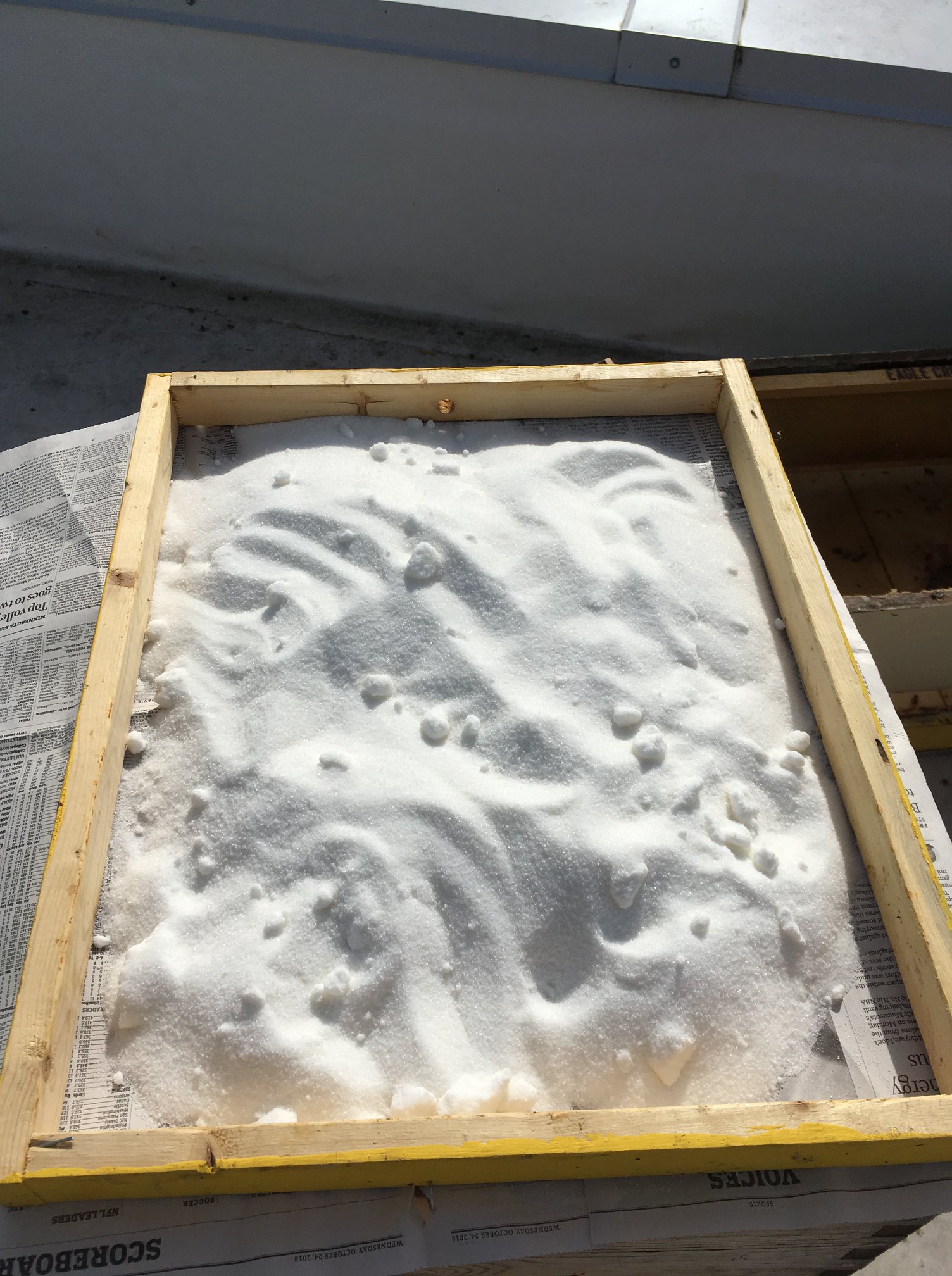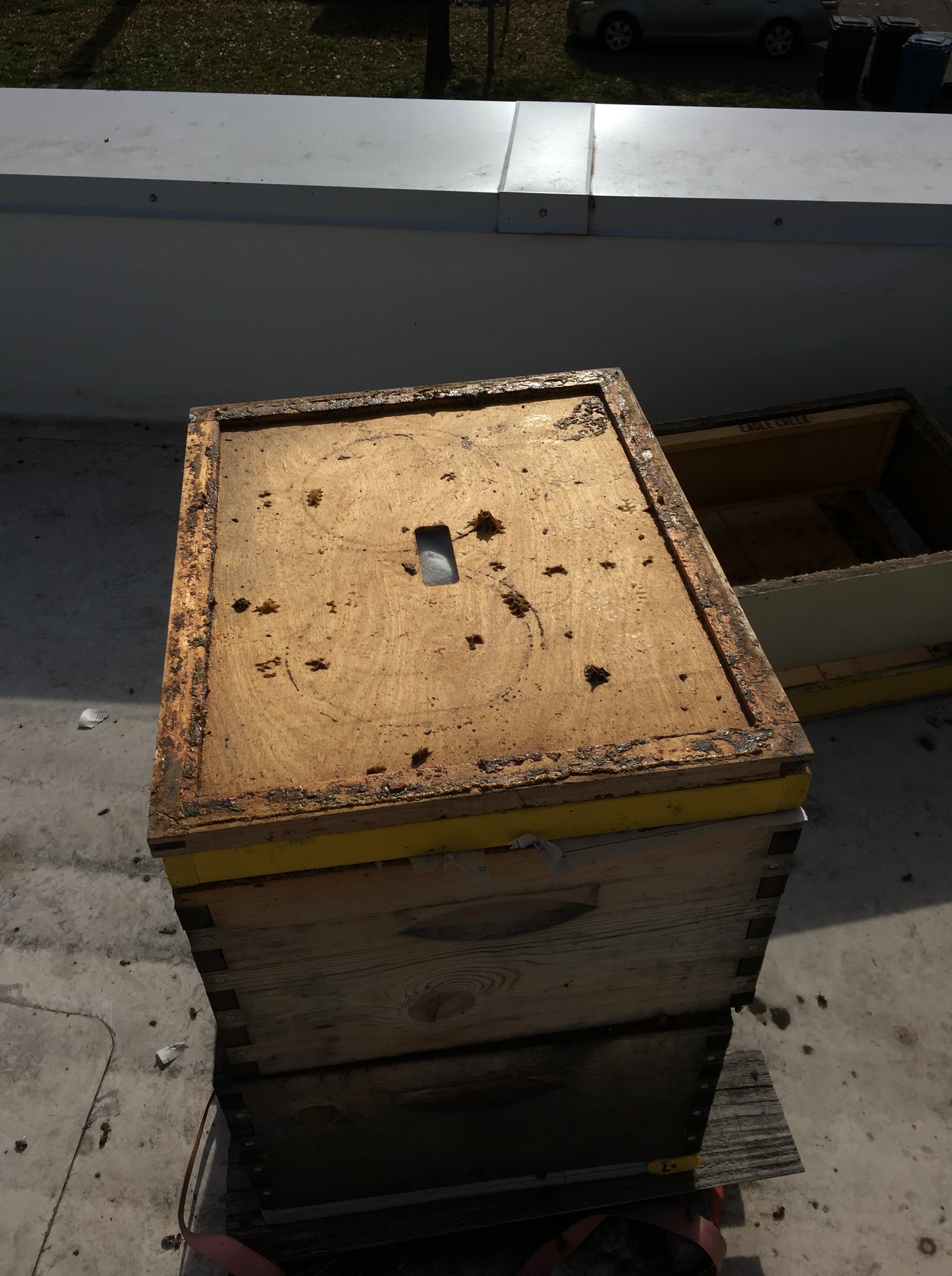What should I bee doing in January 2019
Perparation preparation preparation
In September of 2017, I moved to a little piece of heaven I call Trade River Ranch near Grantsburg, WI. I set up about 19 hives in and in front of the “Lazy L Lodge”. I realized after watching the video below a few times that my partner’s filming framed “Lazy” above my head. While I don’t think this is intentional, bad form on his part, don’t you think? I assure you, I am anything but lazy. In fact, I have the opposite problem.
The day I took this video it was in the low 40’s and sunny in early January which to a northerner feels more like 65. Thoughts of spring and swimming were dancing through my head ;) My favorite weather man, Paul Huttner, or who I like to refer to as “Hutty”, tells us that we are experiencing an El Nino year causing a winter more mild than normal. But he also talks at great length about how climate change is real and upon us, which means a warming planet and more extreme temp. swings and weather events. I can tell you as someone who has been working in and around agriculture for over 10 years, growing food is going to become even more difficult unless we make some drastic changes concerning climate change. And I can tell you as a beekeeper, bees in the winter do not fair well with drastic swings in temperature. And frankly, neither do most other organisms on the planet. But I digress…
To improve your beekeeping skills and to make smart informed management decisions, one must understand what the bees are doing and why. And one of the most important things to remember about honey bees and northern bee management is that bees are perennial. They live as a colony year round so they are wired to be preparing for winter year round. When more people lived from what the land provided, this was better understood. Some around the world still do. They depend on climate, natural resources and feeding themselves from what they can grow. A delicate balance at times. One that is increasingly out of balance. I now understand this in a more personal way because of my migration to the country. We try to heat our house with wood and fill our pantry with food we grow in harmony with the ecosystem in a sustainable manner so it gives back for decades to come. You must be in a mind set of constant preparation. You can’t burn wood unless it has cured and depending on the type of wood, it can take 6 months-a year or more. Our ability to grow food drastically decreases in the winter time so you must think about what you can grow in the summer and fall to feed yourself in the winter. You get the point. Preparation, preparation, preparation.
Bees in the north and those in areas that have long seasons of dearth (a time when there is little to no forage in the landscape), spend the year preparing for those times. In fact, breeds of bees that are better adapted to cold weather climates will actually shut down reproduction when there are little to no flowers producing nectar even though it is warm. This is also why some beekeepers freak out between the spring flow (what beekeepers refer to as the time when bees are making honey ) and summer flow. They assume they do not have a queen because suddenly there are no eggs in the colony. In my experience, this is especially true for bees with strong Russian genetics! A queenless hive will act very different than a hive with a queen that is alive and well but not laying, but that is a topic for a different day. Main lesson here and the other really important thing that will make you a good beekeeper is pay attention to what is going on in the environment in relation to your hive. What flowers are blooming when? What is the forecast and how will it affect the bees forage? One May a few years back, there was a crazy hail storm on a farm where I have 10-15 hives. In just a few hours, it shredded many of the little plants the farmer transplanted a few weeks earlier. The next day the bees were robbing like crazy. The flower faucet suddenly turned off, at a time when the bees were building up in anticipation to reproduce and then BLAMO, the food disappeared so they were trying to get it wherever they could!
Anyways, January.
What should the beekeeper be doing in January? This January, I have been doing a combination of things: resting my body, reading about bees, planing for next year, checking for life in my hives and prepping equipment for this coming year. Preparation, preparation, preparation. In the second photo up above, I am checking for life. The most simple way to check if your ladies are hanging on is to put your ear next to the entrance and gently tap on the box. Make sure there is minimal noise entering your other ear because the buzzing can be faint depending on where they are clustered in the hive. You can also blow in the hole if tapping doesn’t work, some use a stethoscope and if you’re real fancy, an infrared camera will show you the cluster.
And what are the bees doing in January? They are clustered. But let’s back up. How did they get that way and why? Bees cluster when the temp. drops below 57 degrees, depending on the breed. The 3rd pic above is of a hive on October 1st starting to cluster. The one next to it is of an observation hive I manage in Mpls. I included both so you could see a top view and a side view of a cluster. They form a ball around the frames, engage their flight muscles and shiver to keep the whole cluster warm. How do they do this when it is super cold you may ask? They eat honey to produce energy. The middle of the hive is the warmest spot-around 85-93 degrees. The queen is in the middle and being cared for by the bees around her. The bees on the outside will appear dead because they are not moving much but they are at the coldest spot. The bees on the inside will trade with the bees on the outside, kind of like penguins! They worked all summer to collect honey to put in their pantry to get through the whole winter so they can start all over again in the spring. Preparation, preparation, preparation. A few terrible things can happen during a really cold winter. They don’t have enough bees to keep the cluster warm and it is too cold for them to break cluster and move to another part of the hive. It is always revealing when you find a hive with the cluster all to one side, the side where the sun hits it most and a bunch of honey untouched on the cold side. And what about a mild winter? Or one where the temperature swings too much? Let’s say it is 40 one day and 5 the next. On the 40 degree day, the bees have broken up to access more food, take a cleansing flight and take the dead out the bottom. Then BLAMO, the temp drops and they can’t get organized in time to cluster tight and keep everyone warm.
As a sustainable beekeeper, you will only take what is extra and leave them enough for this long time of seasonal dearth. At The Beez Kneez, we pull our honey in late July or early August with the idea that they are going to benefit from the fall flowers and we will not have to feed. Some years, like the last one, you may have to feed because the fall flowers did not provide. We are working on selecting bees that are really good at storing honey but not all hives do what you want them to so you must determine this before it is too late. And last fall, we did not have much of a fall. Not many 60 degree days to make sure the bees can effectively take down syrup and turn it into food stores in time for the long winter. So, we had to feed but knowing that getting honey stores on them was an issue in a timely manner, I marked the colonies that would be light and on these freakishly warm days in Jan, while it is NOT a good idea to open your colonies in the winter, it is a good idea to lift them and see how heavy they are. If they are light, you can very quickly pop the top and place a winter patty on top of the hive. Some beekeepers will add dried sugar or winter patties in the fall for insurance. See the photo below.
This practice may be especially useful this winter because, beeks, what does a warmer winter do to bees? They will break cluster more and eat more. They will also leave the hive to take cleansing flights like I talk about in the video below. However, I Do NOT recommend opening the hive in the winter unless you asses that they will starve without something before the first bloom. As curious and worried as you may be, you don’t want to chill them so be quick and prepared when if and when you do it. And don’t do it unless it is above 35degrees. Remember the main theme…Preparation, preparation, preparation! If you fed or your colonies were heavy in October, they should be fine till spring. In fact, I work with a few beekeepers who have hive scales. Just yesterday, they said their colonies had only lost 15-21lb’s since October 17th. So that is just 5-7lb’s per month. Before winter, we try to make sure our double deep, 10 frame colonies weigh 120-130 lb’s and our double nucs weigh 70’lbs. That includes bees and woodenware so that leaves roughly 70-80'lb’s or 50-60lb’s of feed for winter. Bees will eat more as spring approaches. More bees means more workers to replace the ones that naturally die off in the spring. When the weather starts to change, and we have longer days with warmer temps, this is when bees can starve. So sit tight beeks. It is middle of January and the weather is about to drop again. There is not much you can do until spring. And keep in mind that if your hive is dead already, it is highly likely that it perished from mites and therefore viruses, rather than lack of food stores.
